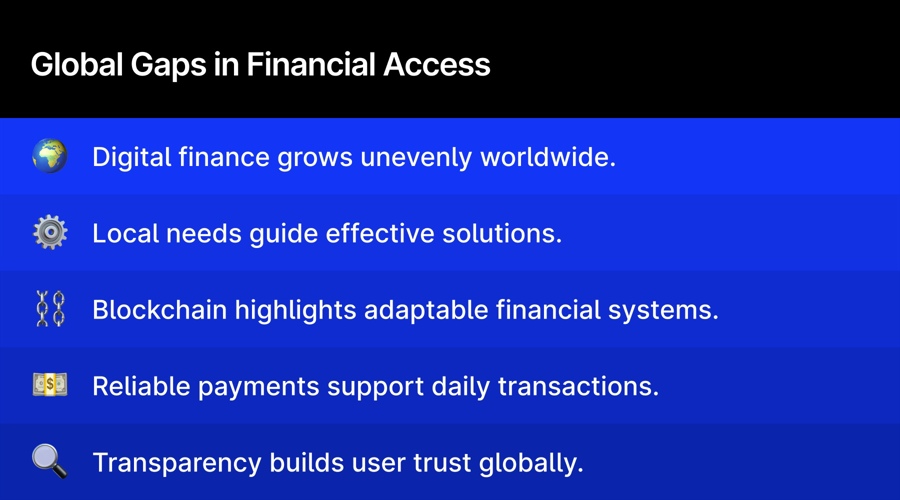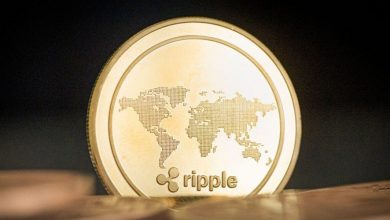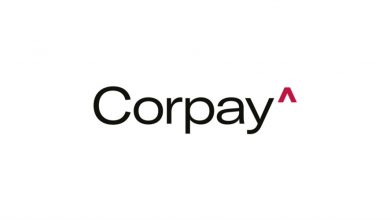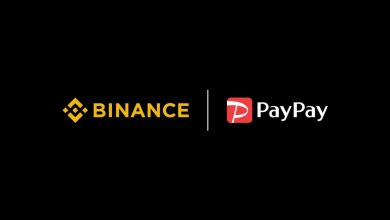Over a Billion People Have Limited Financial Access: How Can Peer-to-Peer Platforms Help?

There’s something incredibly frustrating about not being able to move your money when and how you need to. Whether it’s topping up a trading account, paying for services online, or simply accessing your own funds, financial access is still largely shaped by where you live.
If you’ve always had reliable access to online banking, debit cards, or international e-wallets, the idea of a transaction failing — or not even being possible — might sound far-fetched. But for over a billion people globally, many of whom are part of the growing digital workforce and global trading community, this is the norm.
Direct Connection Focus
When we talk about financial inclusion, we often focus on access. But what’s sometimes overlooked is the quality of that access. It’s not enough to offer a digital tool; it has to work in context. That might mean supporting local payment methods, operating in local currencies, or offering options that make sense for how people actually live and transact.
— World Bank (@WorldBank) July 16, 2025
A good example of context over pure technology is the peer-to-peer (P2P) model. These platforms allow people to interact directly with each other.
In a trading context, this means users can fund or withdraw from their accounts using familiar, trusted payment methods. In some countries, it’s become one of the few reliable ways to connect to global markets.
Many retail trading companies now have a different approach to financial accessibility in some of the markets. Instead of providing products or features in single markets, they build secure spaces where users can interact directly, with the flexibility to set their own terms.
You may find it interesting at FinanceMagnates.com: The Future of Finance Is On-Chain, but Not Necessarily Decentralized.
I’ve seen how this approach brought dual value. On one side, it provides practical access to financial services, especially for people without access to international cards or conventional banking. On the other hand, it creates opportunities within a trusted, community-driven marketplace.
This isn’t about chasing the next big fintech breakthrough. It’s about starting from real user needs, not just what we assume those needs are. What works in London or Singapore might not work in Lagos or Dhaka. We started from this fact, and it helped us build from the ground up with more empathy and impact.
VISA commercial showcases seamless interoperability between peer-to-peer payment apps.💎
PayPal to Zelle
Cashapp to Venmo
Interoperability is the future.💯
Watch.👇 pic.twitter.com/HUs9LxabP7
— SMQKE (@SMQKEDQG) August 4, 2025
Financial Systems, Where People Are
In many parts of the world, digital infrastructure is scaling fast, while formal financial systems are lagging behind. That’s why the best tools in this space aren’t just scalable; they’re adaptable.
Think of traders in East Africa using mobile money, or freelancers in South Asia managing local currency restrictions. Their needs are rarely theoretical. They’re immediate, deeply practical, and tied to how they earn, save, and survive. What makes a difference for many clients isn’t some flashy new feature, but rather the quiet, dependable function of a payment system that works locally and intuitively.
As someone who works in fintech, I get how easy it is to be drawn to big ideas and sweeping innovations. But if we’re serious about inclusion, we need to remember that progress often happens in small, context-specific ways. The most meaningful changes happen when financial systems meet people where they are, not where we expect them to be.
In recent years, especially with the rise of blockchain applications, we’ve seen a push towards decentralisation. It’s highlighted how important it is to create systems that allow people to interact with one another, not just with central institutions. Without adaptability, meeting the diverse needs of different communities is not possible, not as fast as needed, at least.
No company, government, NGO, or blockchain protocol is going to solve this alone. What’s needed is a coordinated effort: regulators creating room for innovation, communities voicing what actually matters, and companies willing to build with empathy rather than ego.
Above all, trust has to be baked into the process. That doesn’t just mean ticking compliance boxes. It means transparency, user-friendly design, reliable verification, and solid support. When people feel safe using a system, they engage more confidently.
There’s something incredibly frustrating about not being able to move your money when and how you need to. Whether it’s topping up a trading account, paying for services online, or simply accessing your own funds, financial access is still largely shaped by where you live.
If you’ve always had reliable access to online banking, debit cards, or international e-wallets, the idea of a transaction failing — or not even being possible — might sound far-fetched. But for over a billion people globally, many of whom are part of the growing digital workforce and global trading community, this is the norm.
Direct Connection Focus
When we talk about financial inclusion, we often focus on access. But what’s sometimes overlooked is the quality of that access. It’s not enough to offer a digital tool; it has to work in context. That might mean supporting local payment methods, operating in local currencies, or offering options that make sense for how people actually live and transact.
— World Bank (@WorldBank) July 16, 2025
A good example of context over pure technology is the peer-to-peer (P2P) model. These platforms allow people to interact directly with each other.
In a trading context, this means users can fund or withdraw from their accounts using familiar, trusted payment methods. In some countries, it’s become one of the few reliable ways to connect to global markets.
Many retail trading companies now have a different approach to financial accessibility in some of the markets. Instead of providing products or features in single markets, they build secure spaces where users can interact directly, with the flexibility to set their own terms.
You may find it interesting at FinanceMagnates.com: The Future of Finance Is On-Chain, but Not Necessarily Decentralized.
I’ve seen how this approach brought dual value. On one side, it provides practical access to financial services, especially for people without access to international cards or conventional banking. On the other hand, it creates opportunities within a trusted, community-driven marketplace.
This isn’t about chasing the next big fintech breakthrough. It’s about starting from real user needs, not just what we assume those needs are. What works in London or Singapore might not work in Lagos or Dhaka. We started from this fact, and it helped us build from the ground up with more empathy and impact.
VISA commercial showcases seamless interoperability between peer-to-peer payment apps.💎
PayPal to Zelle
Cashapp to Venmo
Interoperability is the future.💯
Watch.👇 pic.twitter.com/HUs9LxabP7
— SMQKE (@SMQKEDQG) August 4, 2025
Financial Systems, Where People Are
In many parts of the world, digital infrastructure is scaling fast, while formal financial systems are lagging behind. That’s why the best tools in this space aren’t just scalable; they’re adaptable.
Think of traders in East Africa using mobile money, or freelancers in South Asia managing local currency restrictions. Their needs are rarely theoretical. They’re immediate, deeply practical, and tied to how they earn, save, and survive. What makes a difference for many clients isn’t some flashy new feature, but rather the quiet, dependable function of a payment system that works locally and intuitively.
As someone who works in fintech, I get how easy it is to be drawn to big ideas and sweeping innovations. But if we’re serious about inclusion, we need to remember that progress often happens in small, context-specific ways. The most meaningful changes happen when financial systems meet people where they are, not where we expect them to be.
In recent years, especially with the rise of blockchain applications, we’ve seen a push towards decentralisation. It’s highlighted how important it is to create systems that allow people to interact with one another, not just with central institutions. Without adaptability, meeting the diverse needs of different communities is not possible, not as fast as needed, at least.
No company, government, NGO, or blockchain protocol is going to solve this alone. What’s needed is a coordinated effort: regulators creating room for innovation, communities voicing what actually matters, and companies willing to build with empathy rather than ego.
Above all, trust has to be baked into the process. That doesn’t just mean ticking compliance boxes. It means transparency, user-friendly design, reliable verification, and solid support. When people feel safe using a system, they engage more confidently.




